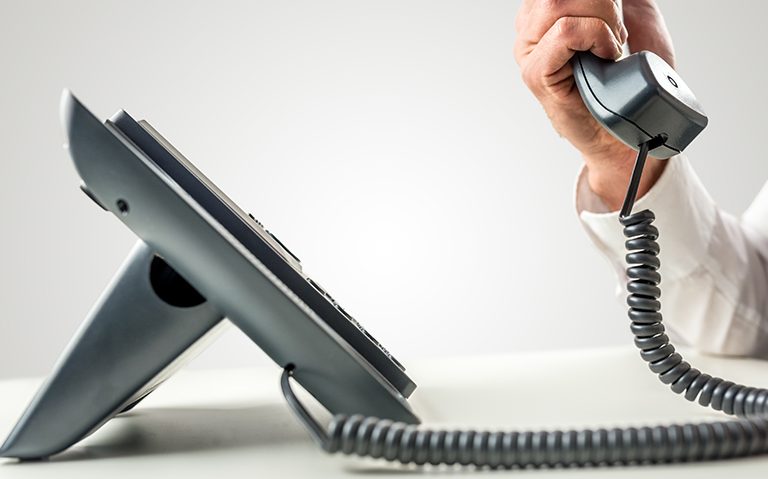Thought Leadership

Andrea Morgan
Wednesday, July 11, 2018We can articulate the Aha moment, and write a great presentation by focusing on key insights. Key insights lead to developing a strategy and ultimately a creative position or platform. It is the main, single-idea message that the campaign will use to talk to the target audience. To define those insights, we need a deeper understanding of what the brand/company represents, what their goals are, and what the barriers to those goals are.
- What are the main challenges facing the brand at the moment?
- What do consumers think of the brand?
- How does this brand differ from how it would like to be perceived?
- What does the brand have that others don’t?
- What has this brand’s communication looked like historically?
To find that Aha moment, that exclamation of understanding, realization, invention, or recognition, we must identify the insights that go beyond the obvious. That lets us tell compelling stories to the right influencers and channels in order to tip the target to action. The Aha moment is the point at which you have identified your insights and have found that unique nugget that makes your brand stand apart from the rest, and makes it ownable to the brand. It could be a brand with many similar products and competition, however, finding that unique insight into that product or brand that allows it to stand out makes all the difference.
Now that you have a key insight or three, you can create a powerful presentation. We do this one slide at a time. First, think about your main message or narrative, and its supporting points. Your presentation needs to stand on its own first and foremost, and your slides are just something to layer over it to enhance the listener experience. It is far more effective when the slides are for the audience to give them a visual experience that adds to the words and what you deliver.
Create a consistent look and feel in your presentation. Your slides should look like they are telling the same story. Utilize related typography, colors, and images. Opting for a pre-built theme or set of slides can lead to feeling restrictive, and appearing repetitive. However, you don’t want to overwhelm with consistency either. Every slide should not look exactly the same. Have one style reflect the bulk of the slides and change it up a bit for the transition slides. For example, if your general slides have a dark background with light text, perhaps transition slides should have a light background with dark text. This keeps the slides all in the same family but gives your presentation some texture, and the audience gets a visual cue that you’re moving onto a new topic.
Less is more. Whether it’s text, special effects, graphs and charts, or images, too much can be a distraction. If you have lots of text on a slide, you’re asking your audience to split their attention between what they’re reading, and what they are hearing. The same goes for transitions and animations, which typically don’t enhance the audience experience, but detract from it.
Photos can enhance meaning. A simple, punch photo can work wonders to bring a presentation to life, and visually engage your audience. Even more importantly, photos can bring your spoken words to life while the audience focuses on you. Look for photos that illustrate your thoughts you want to convey, and are not compositionally complex. Use some design tips such as masking or tilt shift focusing to direct attention to a specific area you want to point something out in a photo. Calling out a specific area of an image can focus your audience’s attention. Apply the rule of thirds for placement of images and text to keep your audiences focus easy on the eyes. Finally, apply the rule of three, where people tend to remember better in pairs or threes. This is helpful while writing slides and emphasizing a point. If you’re adding keywords or benefits or any other type of list on a slide, it works much better to summarize them in three elements. This brings your key points to life visually as well. For example, a new washer/dryer set is energy efficient, beautifully designed, and has the latest Bluetooth technology.
End your presentation in an unforgettable, remarkable way. Give the notion that you’re wrapping up your presentation, only to conclude with something more amazing, such as that key insight from that Aha moment, how that insight harnesses the target audience, etc. This helps to make sure your message sticks better. If you’re able to do all of this, you are sure to have done an amazing job. Steve Jobs concluded his presentations by making another, often more exciting announcement during his product Keynotes, by adding “One more thing” at the end–that was his signature ending.










